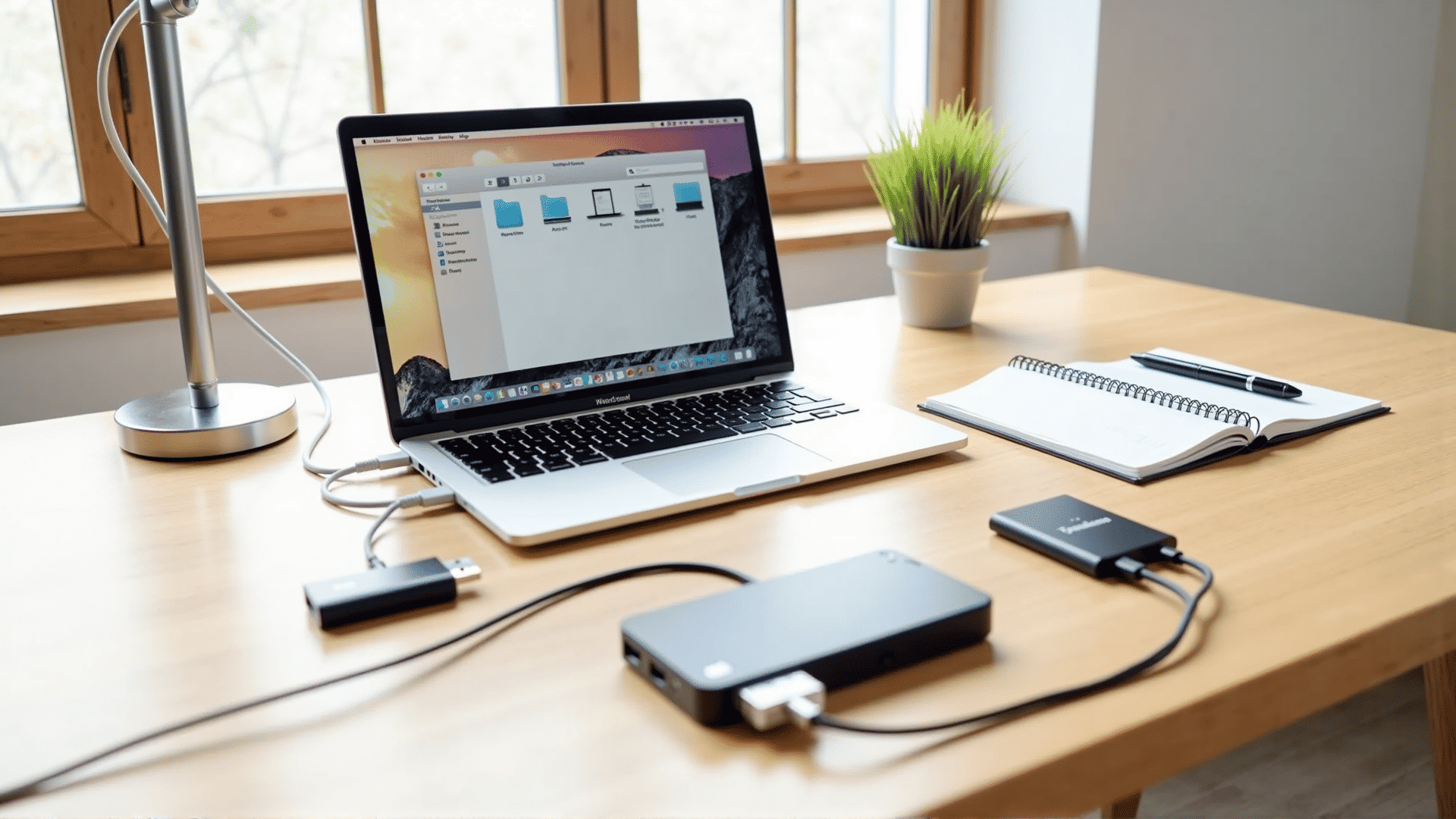Encountering issues with your Mac recognizing external storage devices can be frustrating, especially when you're relying on them for important tasks. Whether it's a USB drive, external hard drive, or any other storage medium, several factors could be causing the detection failure. Let’s explore some effective strategies to resolve these issues.
Check Physical Connections
Before diving into more technical solutions, ensure that all physical connections are secure. Try connecting the external device to different ports on your Mac. Sometimes a faulty port might be the simple cause of the problem. Additionally, ensure that the cable you are using is in good condition and compatible with the device.
Verify Device Power
Some external storage devices require additional power to operate correctly. If your device has an external power source, make sure it is connected and functioning. For devices that draw power from the Mac itself, confirm that they are receiving adequate power, as insufficient power can prevent the device from being recognized.
Inspect System Compatibility
Ensure that the external storage device is formatted in a way that your Mac can recognize. MacOS is capable of reading several file system formats, but there could be compatibility issues, especially if the device was formatted on a Windows system. Use Disk Utility, found in Applications > Utilities, to check the format. If necessary, you might need to reformat the drive to a compatible format, such as exFAT or macOS Extended, after backing up any important data.
Update MacOS
Running an outdated version of macOS can sometimes lead to compatibility issues with external devices. Ensure that your Mac is updated to the latest version of macOS, which can be done by going to System Preferences and selecting Software Update.
Reset System Management Controller (SMC)
The System Management Controller is responsible for low-level functions, and resetting it can resolve hardware-related issues. To reset the SMC on a MacBook without a removable battery, shut down the device, and hold down Shift, Control, Option, and the power button for about 10 seconds, then release and turn your Mac back on. For desktops, simply turn off your Mac, unplug the power cord, wait for 15 seconds, reattach the power cord, and turn your Mac back on.
Use First Aid in Disk Utility
Utilize the First Aid feature in Disk Utility to scan and repair any errors with the external storage device. This feature helps in detecting and fixing disk errors that might be preventing the device from being recognized. Open Disk Utility, select the external device, and click on First Aid to initiate the process.
Uncover Software Conflicts
Sometimes, third-party applications can interfere with the recognition of external devices. Boot your Mac in safe mode by restarting and holding the Shift key immediately after the start-up sound. In safe mode, only essential system software runs, which can help identify if third-party software is causing the issue.
Restart macOS Finder
It's possible that a simple restart of the Finder can help resolve the issue. To do this, click on the Apple logo in the top-left corner, select "Force Quit," choose "Finder," and then click "Relaunch."
By working through these steps, you should be able to diagnose and resolve issues preventing your Mac from recognizing external storage devices efficiently. Remember to handle devices and connections carefully to avoid data loss or damage.
